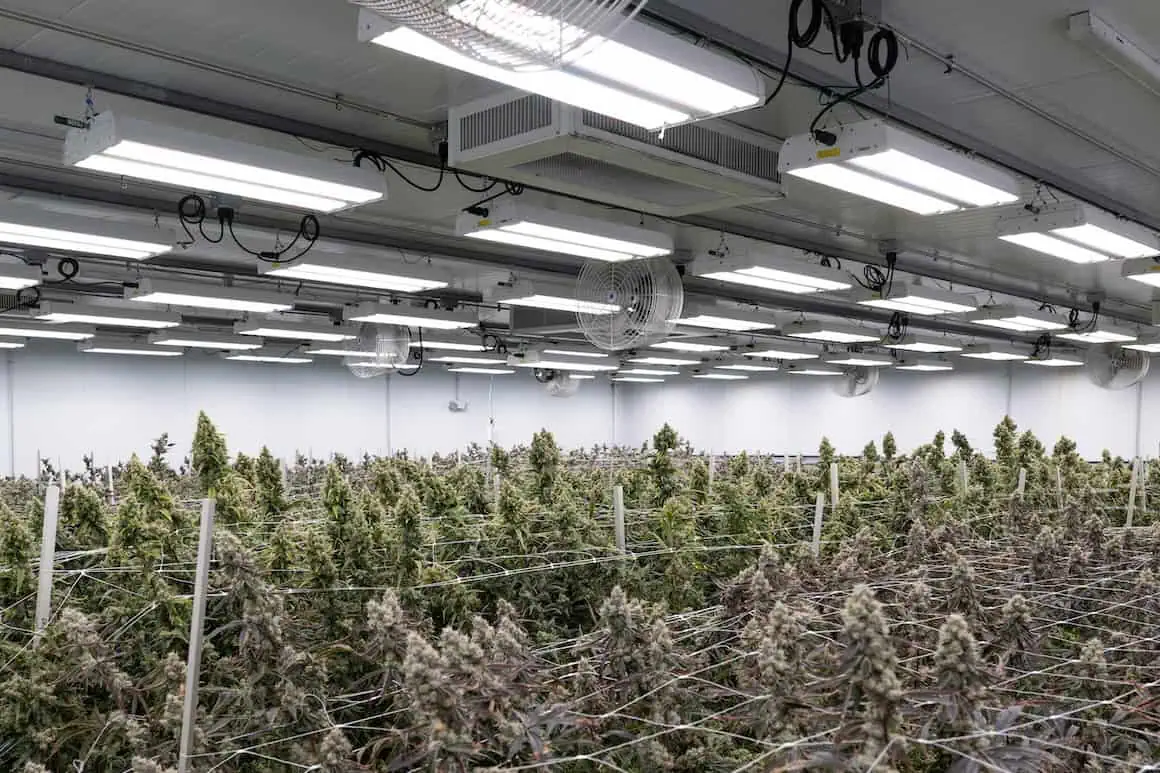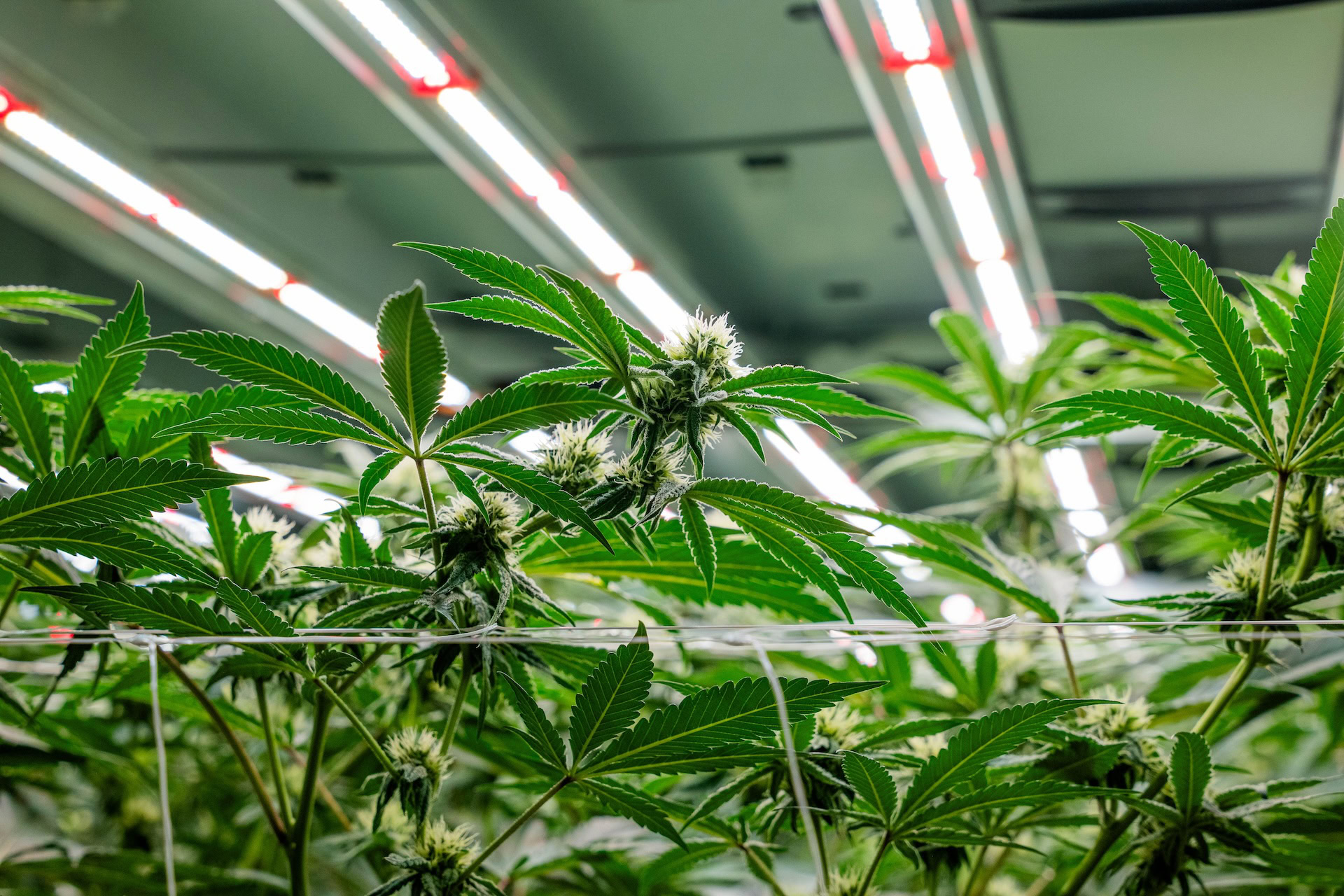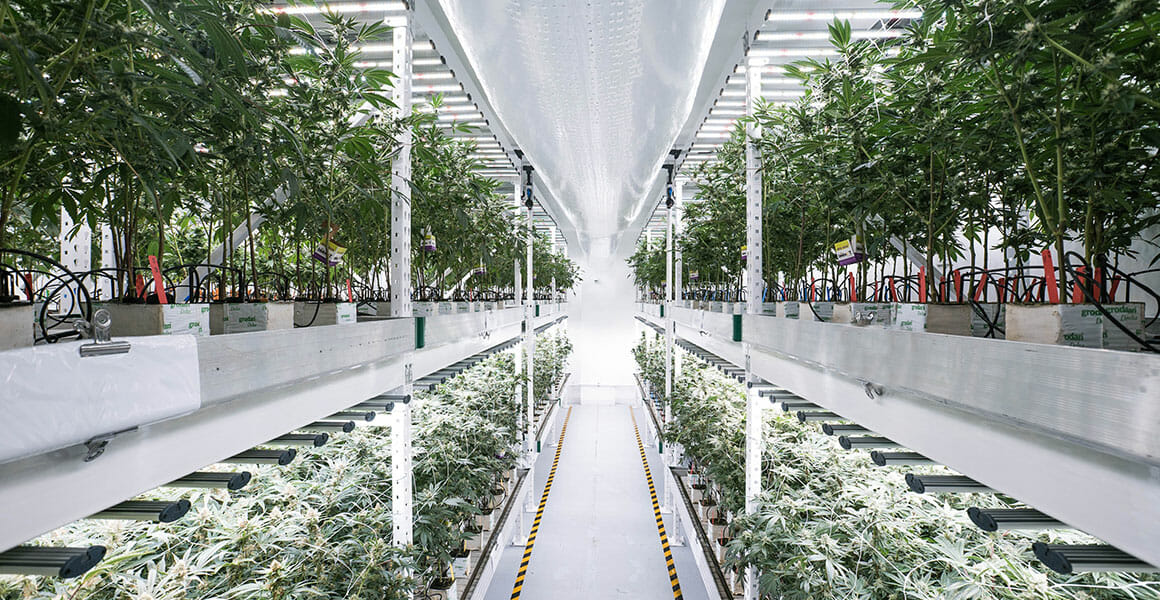5 Critical Mistakes New Cannabis Growers Must Avoid
- Posted on
- by Fluence Bioengineering
Table of Contents
As someone who’s spent over two decades in the cannabis cultivation industry, I’ve seen countless new growers make the same critical errors that can derail their entire operation. Here are the top five mistakes you absolutely must avoid:
- Regulatory Blindness: Ignoring Compliance Landscape
- Financial Myopia: Underestimating Costs and Projections
- Operational Naivety: Oversimplifying Facility Management
- Choosing compatible systems that communicate effectively
- Selecting equipment with high efficiency
- Understanding the nuanced interplay between different operational components
- Talent Mismanagement: Hiring Without Strategic Insight
- Don’t just hire experienced growers who are set in their ways
- Don’t train staff for single, isolated functions
- Prioritize people’s ability to learn, adapt, and take ownership
- Single-Stream Thinking: Limiting Revenue Potential
- Developing multiple product lines
- Exploring white-labeling opportunities
- Creating brand extensions
- Offering facility management services


